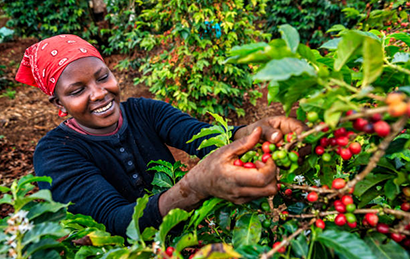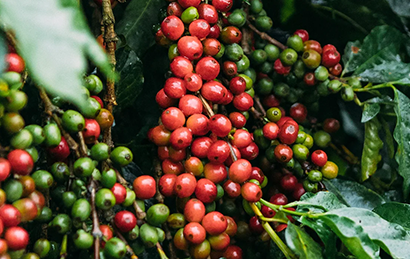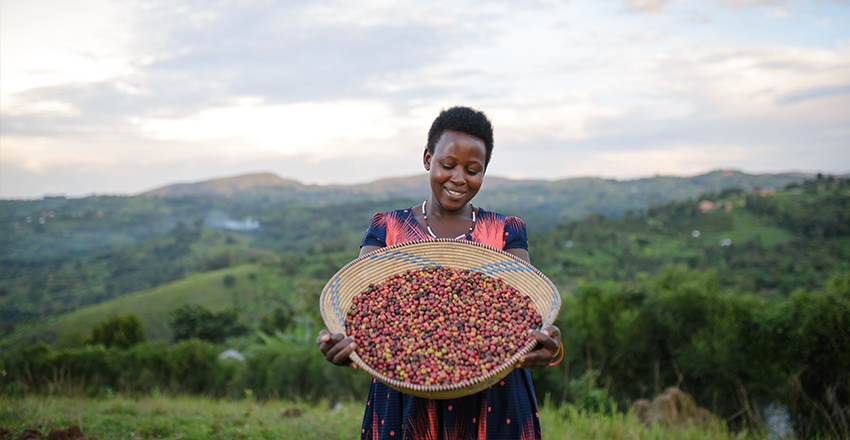Coffee Farming and Harvesting: The Journey from Seed to Sip
The story of your morning cup of coffee begins long before it reaches your kitchen, deep in the fertile soils of coffee-growing regions across the world. Coffee farming is an age-old practice that has been passed down through generations, with each step of the process contributing to the unique flavors in every bean.
The Beginning: Nurturing the Coffee Plant
Coffee farming starts with selecting the perfect variety of coffee seeds, often Arabica or Robusta, which are planted in rich, well-drained soils. These seeds are nurtured in nurseries before being transferred to the farm’s fields, where they grow under carefully controlled conditions. Farmers ensure the plants are shielded from excessive sunlight, wind, and heavy rains, often using shade trees to maintain the delicate balance required for healthy growth.
The patience of a coffee farmer is key—these plants can take three to four years to fully mature and produce cherries, the fruit from which coffee beans are extracted. During this time, farmers carefully tend to the plants, pruning them, controlling pests naturally, and ensuring optimal soil conditions.

Harvest Time: Handpicking for Quality
When the cherries finally ripen, the real work begins. Coffee is usually harvested once or twice a year, depending on the region. The cherries transition from green to bright red, signaling they are ready to be picked. In many regions, especially in Ethiopia, Kenya, and Central America, harvesting is still done by hand, a labor-intensive but crucial process for maintaining quality.
Handpicking allows farmers to select only the ripest cherries, leaving unripe ones on the tree to mature further. This method ensures consistency in flavor, as only the highest quality cherries are used. The skill of the farmer is evident in the harvest—they know exactly which cherries will create the perfect cup.
Processing the Cherries: From Fruit to Bean

Once harvested, the coffee cherries must be processed quickly to preserve their quality. There are several methods used to separate the bean from the cherry, but the two most common are the washed process and the natural (dry) process.
In the washed process, cherries are pulped, and the beans are fermented to remove the mucilage before being washed and dried. This method is common in regions like Colombia and Ethiopia, producing coffee with a clean and bright flavor.

In the natural process, cherries are laid out in the sun to dry with the fruit still intact. As they dry, the fruit imparts more sweetness to the beans, resulting in a fuller-bodied coffee with fruity notes, often found in beans from places like Brazil and Yemen.
The Final Stage: Preparing for Export
After processing, the beans are carefully dried, sorted, and graded based on size and quality. Only the finest beans make it through this meticulous process, ready to be roasted, packaged, and exported to coffee lovers around the world. Every step, from planting to harvesting and processing, plays a role in creating the distinct flavors that make each cup of coffee a unique experience.








Nice shopping here
Nice shopping here
Nice shopping here